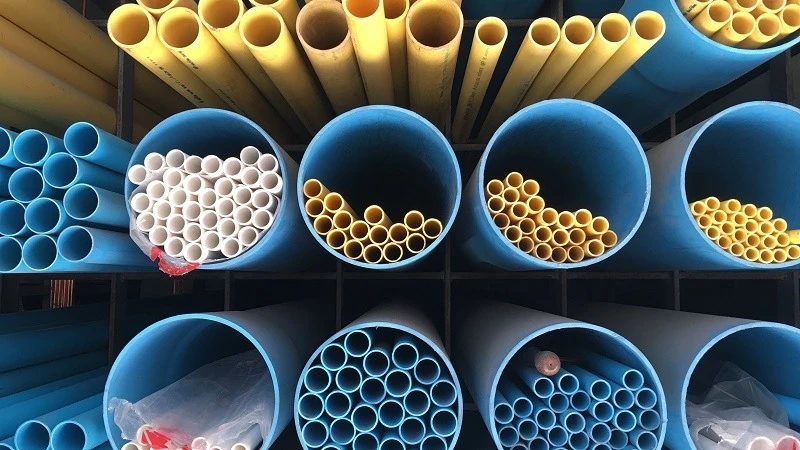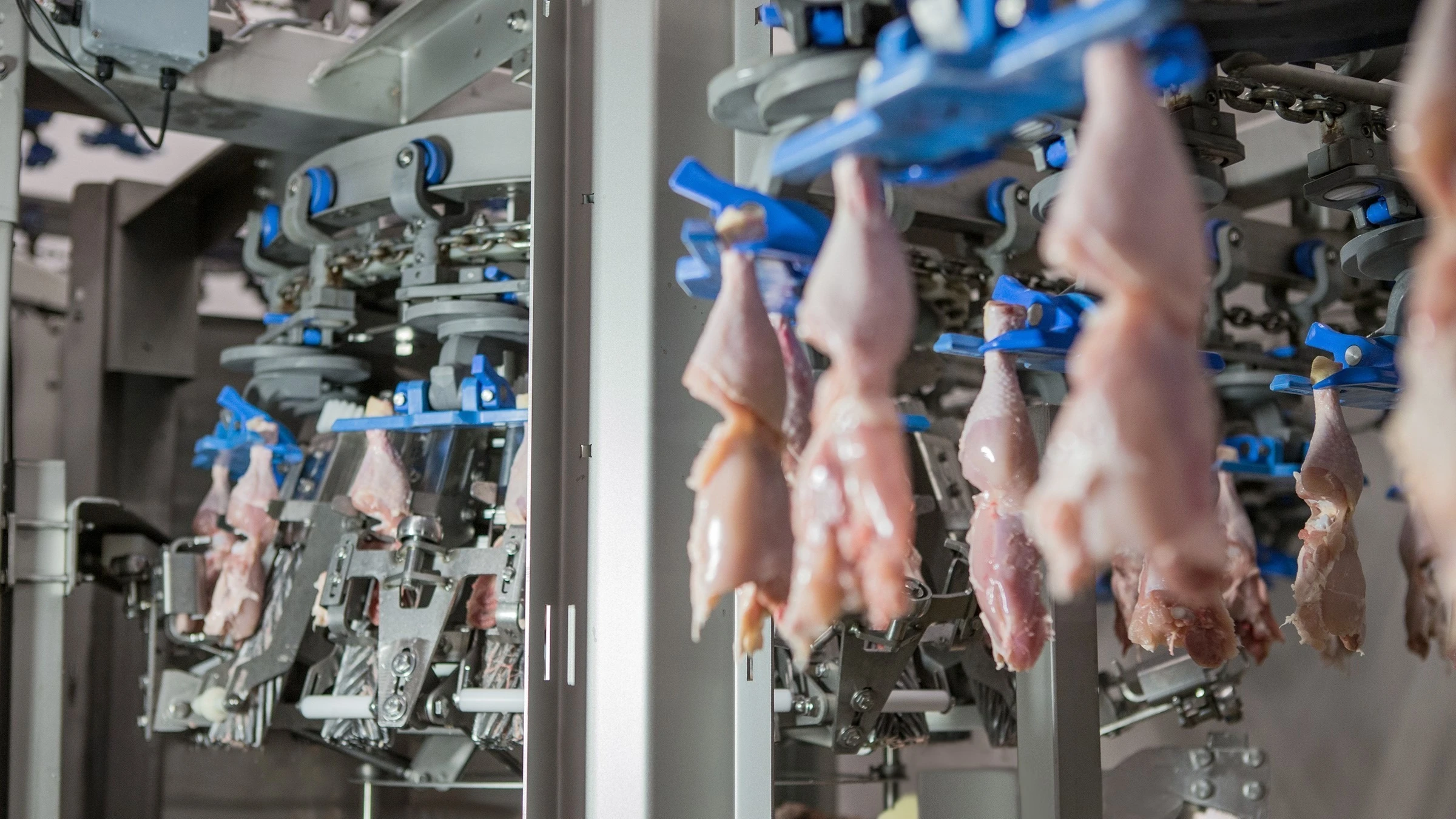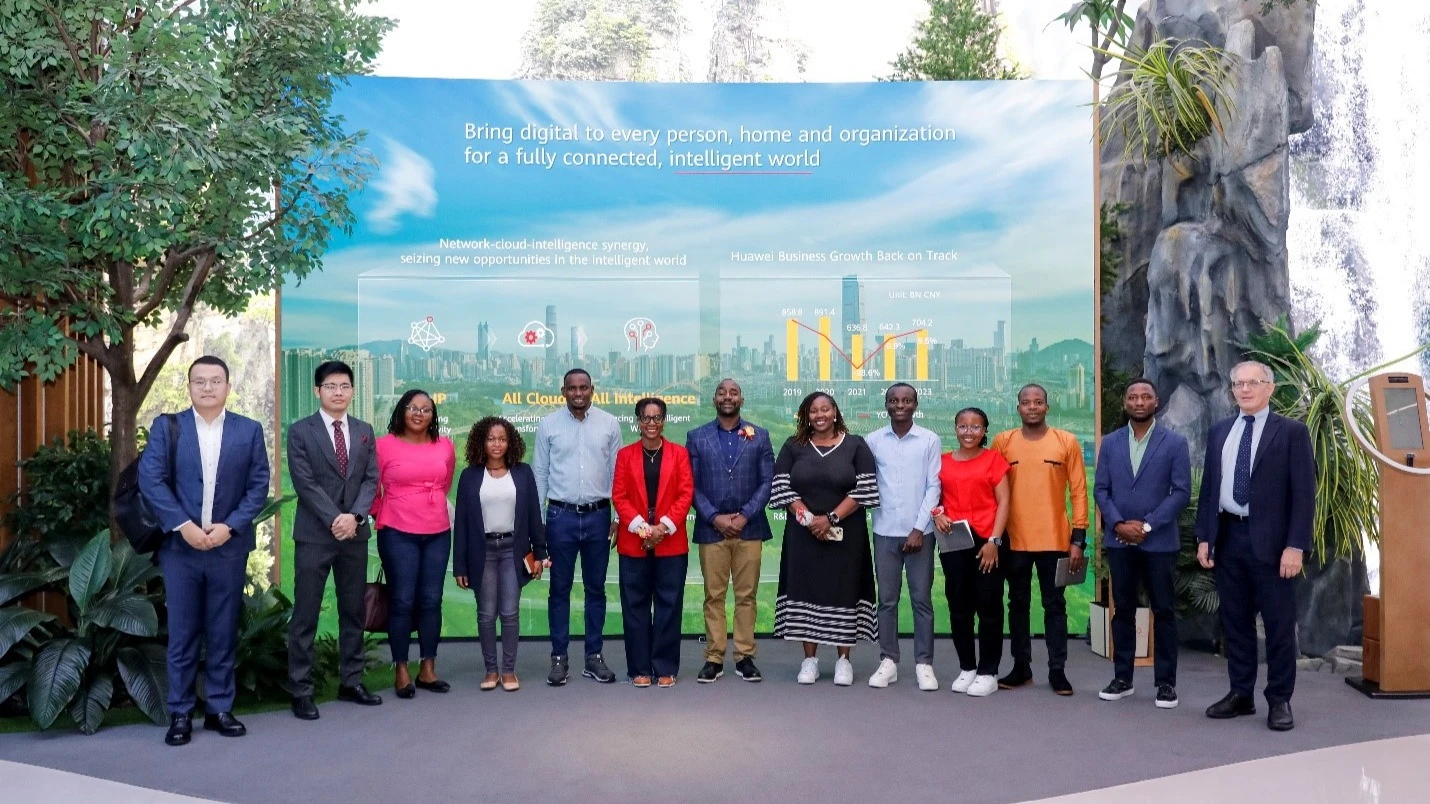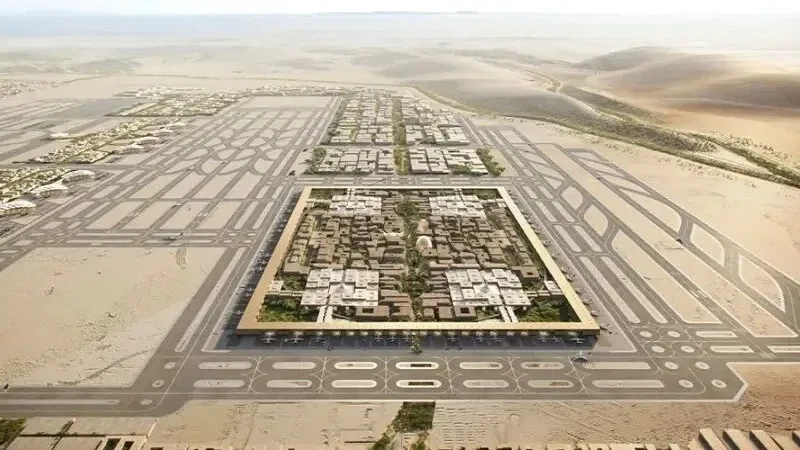Construction plastics industry to hit $187bn in 2030

The global market for Construction Plastics was estimated at US$112.3 Billion in 2023 and is projected to reach US$187.1 Billion by 2030, growing at a CAGR of 7.6 percent from 2023 to 2030, the new report by ResearchAndMarkets.com has shown.
These plastics include PVC (polyvinyl chloride), HDPE (high-density polyethylene), polystyrene, and polycarbonate, each engineered for specific properties like strength, insulation, and weather resistance.
Construction plastics are lightweight, cost-effective, and resistant to corrosion, moisture, and chemicals, making them ideal for both structural and decorative applications.
In modern construction, plastics are essential for improving material efficiency, reducing installation time, and providing sustainable options that meet long-term performance requirements.
The growth in the construction plastics market is driven by several factors, including the demand for durable and lightweight building materials, technological advancements in sustainable plastics, and increasing urbanization.
As construction projects expand, particularly in emerging economies, construction plastics offer an affordable and reliable alternative to traditional materials.
Technological advancements, such as recycled, bio-based, and energy-efficient plastics, are enhancing the sustainability and performance of construction plastics, aligning with the industry's focus on eco-friendly practices.
Rising energy costs and environmental regulations have also driven demand for plastics that contribute to energy efficiency in buildings, such as insulated and weather-resistant materials. The growth of prefabricated and modular construction has further boosted demand for plastics, as they support lightweight, customizable, and easy-to-install components.
Additionally, the low maintenance and long lifespan of construction plastics make them an attractive choice for residential and commercial projects seeking durable and cost-effective solutions.
Together, these factors drive the robust growth of the construction plastics market, as builders seek materials that offer efficiency, flexibility, and sustainability in construction.
Construction plastics are widely used across residential, commercial, and infrastructure projects due to their durability, cost-effectiveness, and design flexibility.
In plumbing and electrical applications, HDPE and PVC pipes are used extensively due to their resistance to corrosion, chemicals, and moisture.
For windows, doors, and frames, plastic materials like PVC provide insulation, weather resistance, and low maintenance requirements, making them popular in energy-efficient buildings. In roofing and cladding, polycarbonate and PVC sheets are favored for their lightweight nature and durability, offering protection and aesthetics for commercial and industrial structures.
Insulation materials, such as polystyrene and polyurethane foams, are commonly applied in walls and roofing to improve energy efficiency by reducing heat transfer.
Construction plastics are also used in flooring and interior finishes, where they provide a cost-effective and low-maintenance option for residential and commercial spaces. In addition, plastics are used in formwork and barriers for temporary construction, as they are easy to handle, reusable, and lightweight.
These applications highlight the adaptability and importance of construction plastics, which support efficiency, durability, and sustainability across diverse construction projects.
Technological advancements are enhancing the properties and sustainability of construction plastics, making them more resilient, efficient, and environmentally friendly.
Innovations in recycled and bio-based plastics are gaining traction, allowing manufacturers to reduce dependence on virgin materials and offer sustainable alternatives.
High-performance additives improve durability, UV resistance, and fire resistance, expanding the applications of construction plastics in challenging environments, such as exterior cladding and roofing. For example, UV-stabilized PVC and polycarbonate protect against sun damage, extending the lifespan of outdoor installations.
New formulations are also making plastics more energy-efficient, with improved insulation properties that contribute to energy savings in buildings.
Self-cleaning and anti-microbial coatings are being developed to reduce maintenance needs, which is particularly valuable in high-traffic areas and healthcare facilities.
Advances in 3D printing technology are enabling custom plastic components to be produced on-demand, supporting rapid prototyping and complex designs.
These technological improvements make construction plastics more versatile, sustainable, and adaptable to the growing demands of modern construction.
Top Headlines
© 2025 IPPMEDIA.COM. ALL RIGHTS RESERVED

























